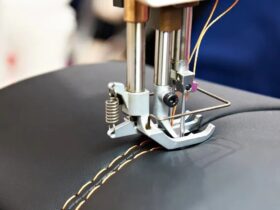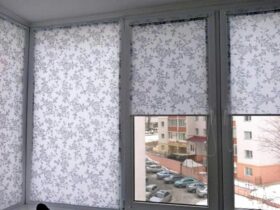Before the advent of paper wallpaper, walls were sheathed with fabric. This method has been used in many countries and at different times. For these reasons, textile wallpapers can be used for decor in different styles. Since the fabric absorbs moisture and odor well, it is not recommended to use such wallpaper in the bathroom, in the kitchen and in the bathroom. There are two types of textile wallpaper. The first option is made by gluing separate lines to a base consisting of paper or non-woven fabric. In the second case, textured fabric is glued. If you urgently need racks for a warehouse, then you can buy them at any time on the site — There are also special sound-absorbing bases, with its use they make textile wallpapers with the same name. A room decorated with textile wallpaper takes on a cozy and unique look. Both natural and artificial fabrics are used for textile wallpaper. Wallpaper can have a variety of surfaces, from smooth and velvety to rough..
Textile wallpaper is glued end-to-end on well-prepared walls.
Seamless textile wallpapers have also been created. Their height is up to three meters, and their length is up to fifty meters. Natural fabrics are used as material.
Before fixing the wallpaper, the door trims are removed and the wallpaper is laid around the entire perimeter of the room. Seamless wallpaper is fixed using special glue, which is applied to the wall. The wallpaper is pulled and then pressed against the wall. Also fixed with a stapler, on pre-installed slats. And the last way is a special fastening profile.











